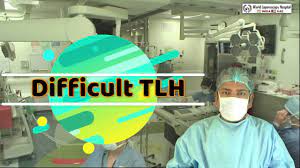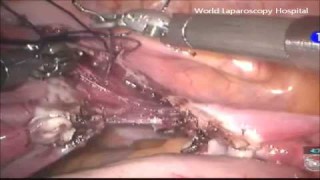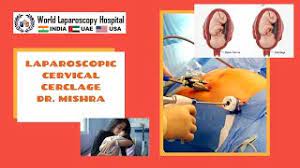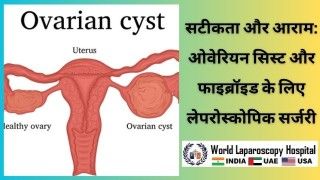Advances in Gynecological Surgery: Exploring Laparoscopic Sacrocolpopexy for Vaginal Vault Prolapse
Add to
Share
3,063 views
Report
1 year ago
Description
Title: Advances in Gynecological Surgery: Exploring Laparoscopic Sacrocolpopexy for Vault Prolapse Introduction Vault prolapse, a condition often seen in post-hysterectomy patients, presents a significant challenge in gynecological surgery. The prolapse of the vaginal vault, occurring after the removal of the uterus, can lead to discomfort, urinary problems, and a decrease in the quality of life. In recent years, Laparoscopic Sacrocolpopexy has emerged as a preferred surgical option, offering efficacy, safety, and a minimally invasive approach. Understanding Vault Prolapse Vault prolapse occurs when the top of the vagina (the vault) descends following a loss of support, usually after a hysterectomy. Symptoms can range from pelvic discomfort and back pain to urinary incontinence and bowel issues. The condition significantly impacts the patient's lifestyle and psychological well-being. Laparoscopic Sacrocolpopexy: A Surgical Perspective Laparoscopic Sacrocolpopexy, a minimally invasive procedure, involves the surgical elevation of the vaginal vault to its normal position using a mesh. This mesh is attached to the vaginal vault and then fixed to the sacral promontory, offering long-term support to the vagina. Advantages of Laparoscopic Approach Minimally Invasive: Laparoscopy involves small incisions, leading to reduced post-operative pain and quicker recovery. Improved Visualization: Enhanced view of the pelvic anatomy allows for precise mesh placement, reducing complications. Lower Complication Rates: Compared to traditional open surgery, laparoscopic approach shows lower rates of infection and bleeding. Shorter Hospital Stay: Patients often experience a faster return to normal activities. Clinical Outcomes and Efficacy Studies have demonstrated high success rates of Laparoscopic Sacrocolpopexy in treating vault prolapse. The recurrence rate is low, and patient satisfaction is high, primarily due to the less invasive nature of the surgery and the reduced recovery time. Patient Selection and Preoperative Considerations Not all patients with vault prolapse are suitable candidates for Laparoscopic Sacrocolpopexy. A thorough preoperative evaluation, including a detailed medical history, physical examination, and imaging studies, is essential. Patient selection is crucial for optimizing outcomes. Postoperative Care and Follow-up Postoperative care involves pain management, monitoring for any complications, and guidance on resuming normal activities. Regular follow-up is necessary to assess the efficacy of the procedure and address any long-term complications. Conclusion Laparoscopic Sacrocolpopexy has revolutionized the treatment of vault prolapse, offering a safe, effective, and patient-friendly alternative to traditional surgical methods. As technology advances and surgical skills evolve, this procedure stands as a testament to the progress in gynecological surgeries, significantly improving patient outcomes and quality of life. This article offers a comprehensive overview of Laparoscopic Sacrocolpopexy, highlighting its advantages, surgical approach, and impact on patient care in the field of gynecological surgery.
Similar Videos






